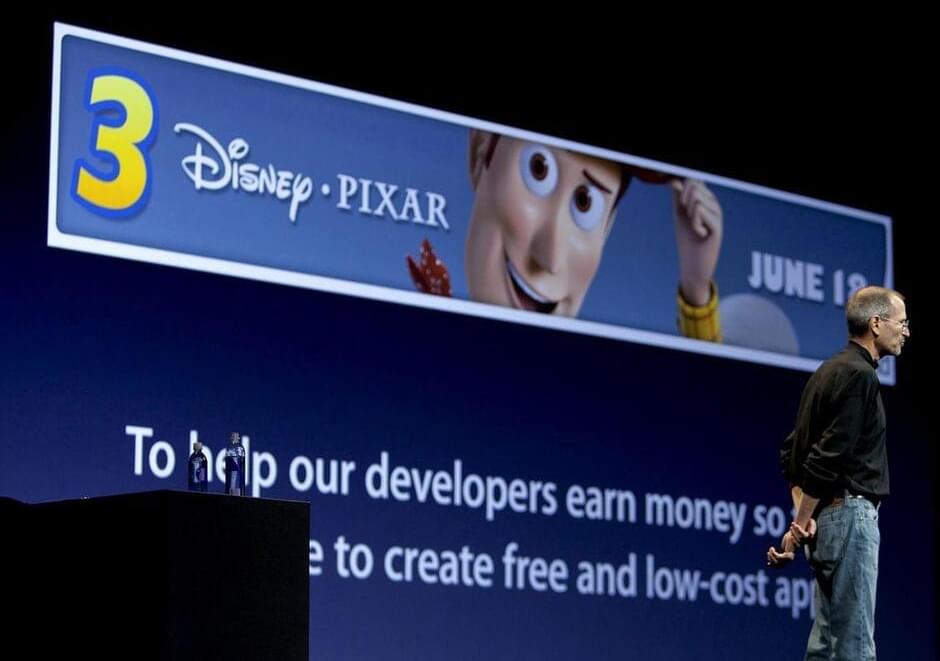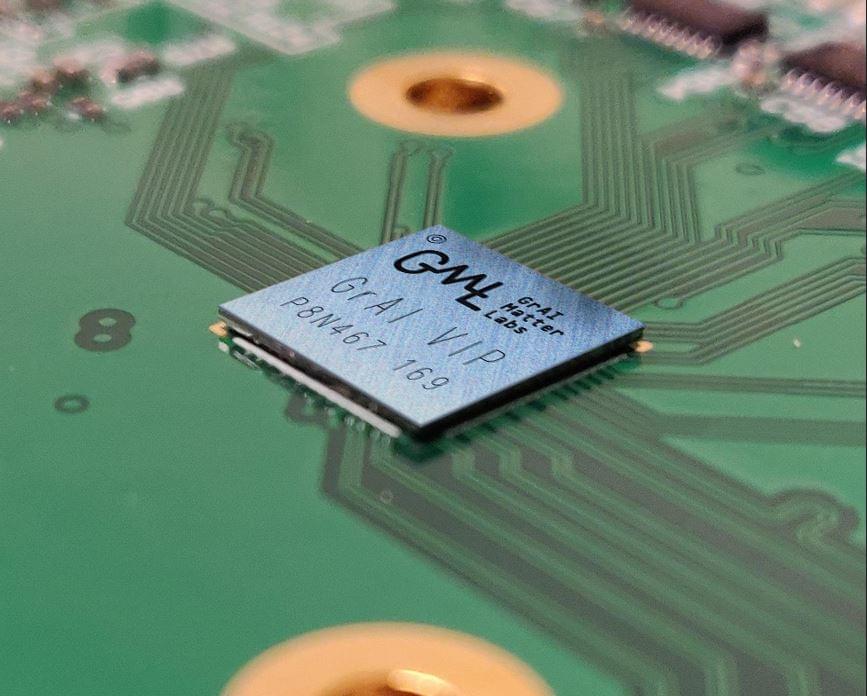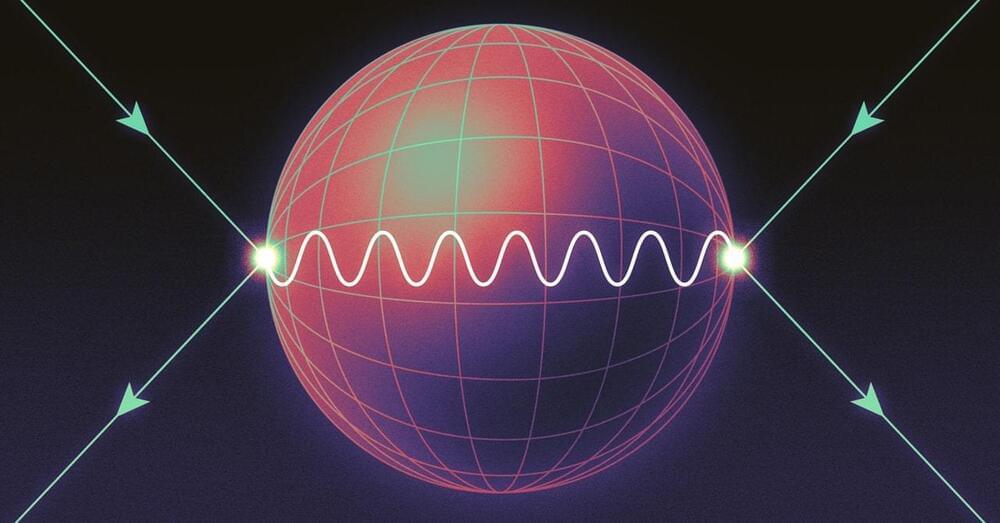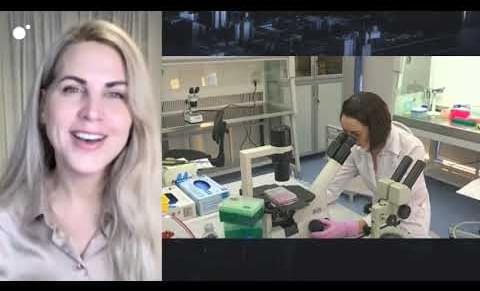The unusual chemistry of the lava burbling to the island’s surface has raised many questions about what’s churning deep below.
Capturing details of faraway members of our universe is an understandably complicated affair, but translating these details into the stunning space images that we see from space agencies around the world is equally difficult. It is here that supercomputers step in, helping process the massive amounts of data that are captured by terrestrial and space telescopes. On August 11, that is exactly what Australia’s upcoming supercomputer, called Setonix, helped achieve.
Capturing details of faraway members of our universe is an understandably complicated affair, but translating these details into the stunning space images that we see from space agencies around the world is equally difficult. It is here that supercomputers step in, helping process the massive amounts of data that are captured by terrestrial and space telescopes. On August 11, that is exactly what Australia’s upcoming supercomputer, called Setonix, helped achieve.
As its first project, Setonix processed the image of a dying supernova — the last stages of a dying star — from data sent to it by the Australian Square Kilometer Array Pathfinder (Askap). The latter is a terrestrial radio telescope, which has 36 individual antennas working together to capture radio frequency data about objects that are far away in space.
Such data contains intricate details about the object being observed. This not only increases the volume of the data being captured by the telescope, but also puts increasing pressure on a supercomputer to process it into a composite image.
Apple is set to expand ads to new areas of your iPhone and iPad in search of its next big revenue driver. Also: The company slows its pace of acquiring startups, and Peloton embarks on a major overhaul.
Last week in Power On: Apple’s delay of iPadOS 16 and Stage Manager keeps the focus on the iPhone 14.
“We are aiming to provide capabilities in the tens to hundreds of milliwatts range, depending on the use case,” Makhijani said.
Compared to the first–gen chip GrAI One, the third–gen GrAI VIP is slightly physically smaller at 7.6 × 7.6 mm, but the company has skipped a process node and migrated to TSMC 12 nm. The chip has slightly fewer neuron cores, 144 compared to 196, but each core is bigger. The result is a jump from 200,000 neuron cores (250,000 parameters) to around 18 million neurons for a total of 48 million parameters. On–chip memory has jumped from 4 MB to 36 MB.
An M.2 hardware development kit featuring GrAI VIP is available now, shipping with GrAI Matter’s GrAI Flow software stack and model zoo for image classification, object detection, and image segmentation.
A hidden link between two seemingly unrelated particle collision outcomes shows a mysterious web of mathematical connections between disparate theories.
Comotion_design/iStock.
The U.S. Brain Research Through Advancing Innovative Neurotechnologies (BRAIN) Initiative is a collaboration among the National Institutes of Health, Defense Advanced Research Projects Agency, National Science Foundation, Food and Drug Administration, Intelligence Advanced Research Projects Activity, and others. Since its inception in 2013, its goal has been to develop and use new technologies to examine how each neuron and neural circuit come together to “record, process, utilize, store, and retrieve vast quantities of information, all at the speed of thought.”
Enjoy a short video that accompanies an article published on the “Futura” website of the Spanish television channel “La Cuatro”, in which Liz Parrish tells the audience a little about her story.
The host of the program speaks in Spanish and what Liz says is translated into Spanish, but I have added S/T in English smile
Video que acompaña un artículo publicado en la web “Futura” del canal de Televisión “La Cuatro” en España, en el cual Liz Parrish, una mujer de 51 años que ha conseguido rejuvenecer 30 años, nos habla un poco sobre su historia.
I heard they changed it to 80085.
By Wes O’Donnell Managing Editor, InMilitary.com and InCyberDefense.com. U.S. Army and U.S. Air Force Veteran. Speaker and Veteran Advocate.
Some say that truth is often stranger than fiction. According to a 2004 memo by Dr. Bruce Blair, a former Minuteman missile launch control officer, the U.S. Strategic Air Command (SAC) once intentionally set the launch codes at all Minuteman nuclear missile silos in the U.S. to a series of eight zeroes.
SAC’s goal was to minimize the time it would take to launch a retaliatory nuclear missile strike against the Soviet Union in the event of World War III breaking out. After all, forcing young Air Force officers to dial in launch codes of eight random numbers would just waste good nukin’ time.
Human Augmentation Examples. What are examples of augmentations to the human body? Should we allow such augmentation methods and technologies? What are dangers, and risks involved? How can society benefit from these developments?
On Brave New World conference 2020 I gave this webinar with the title: ‘The Human Body. The Next Frontier’.
Please leave a comment if you like the video or when you have a question!
Content:









